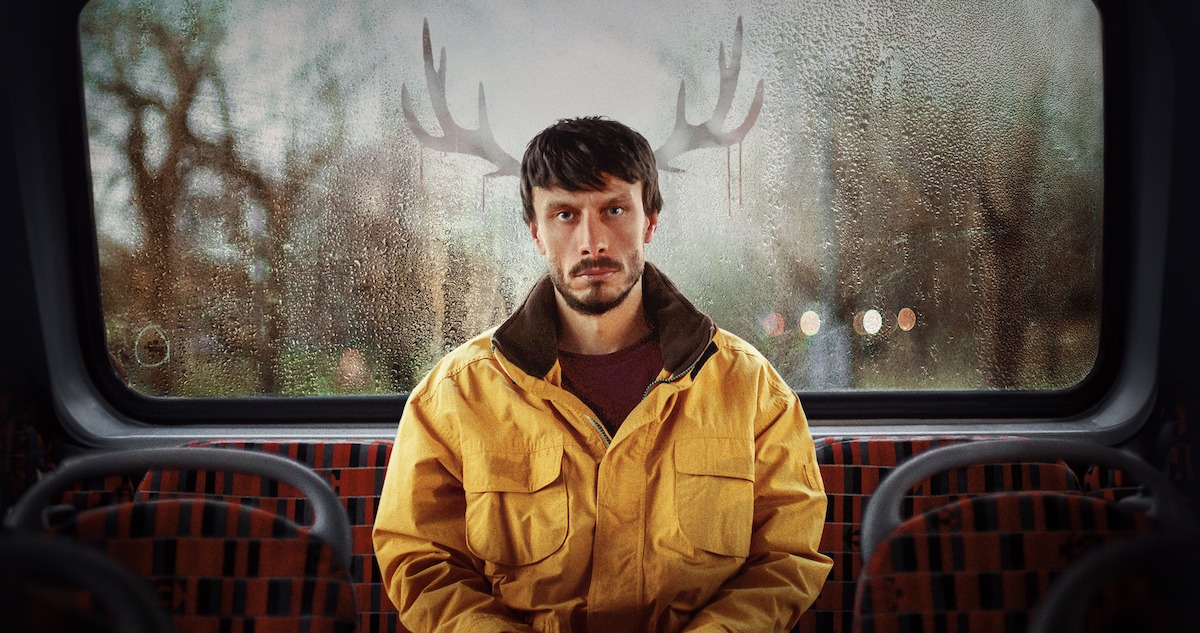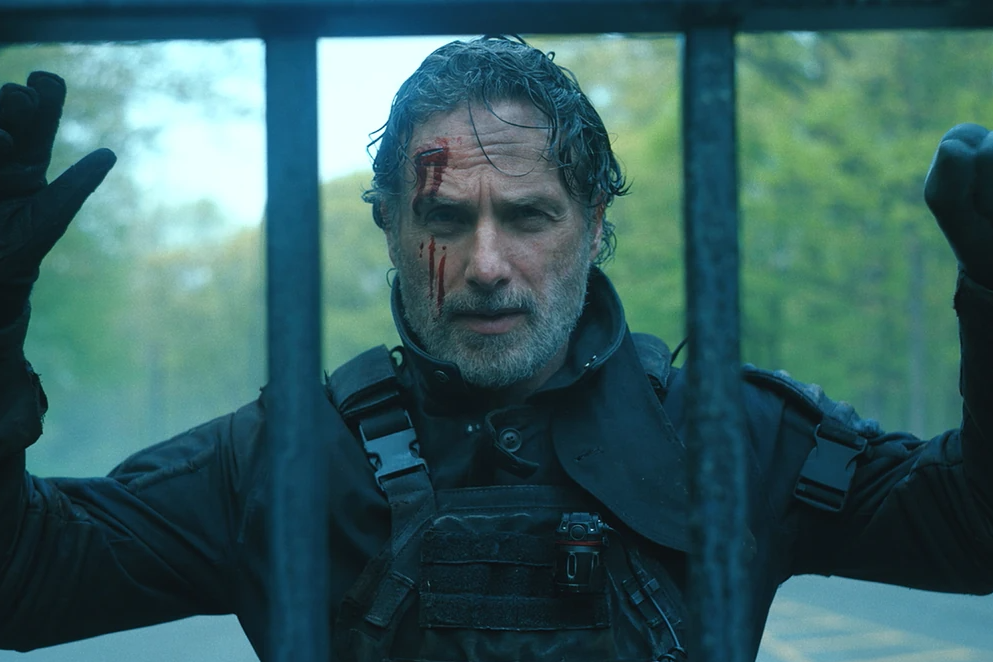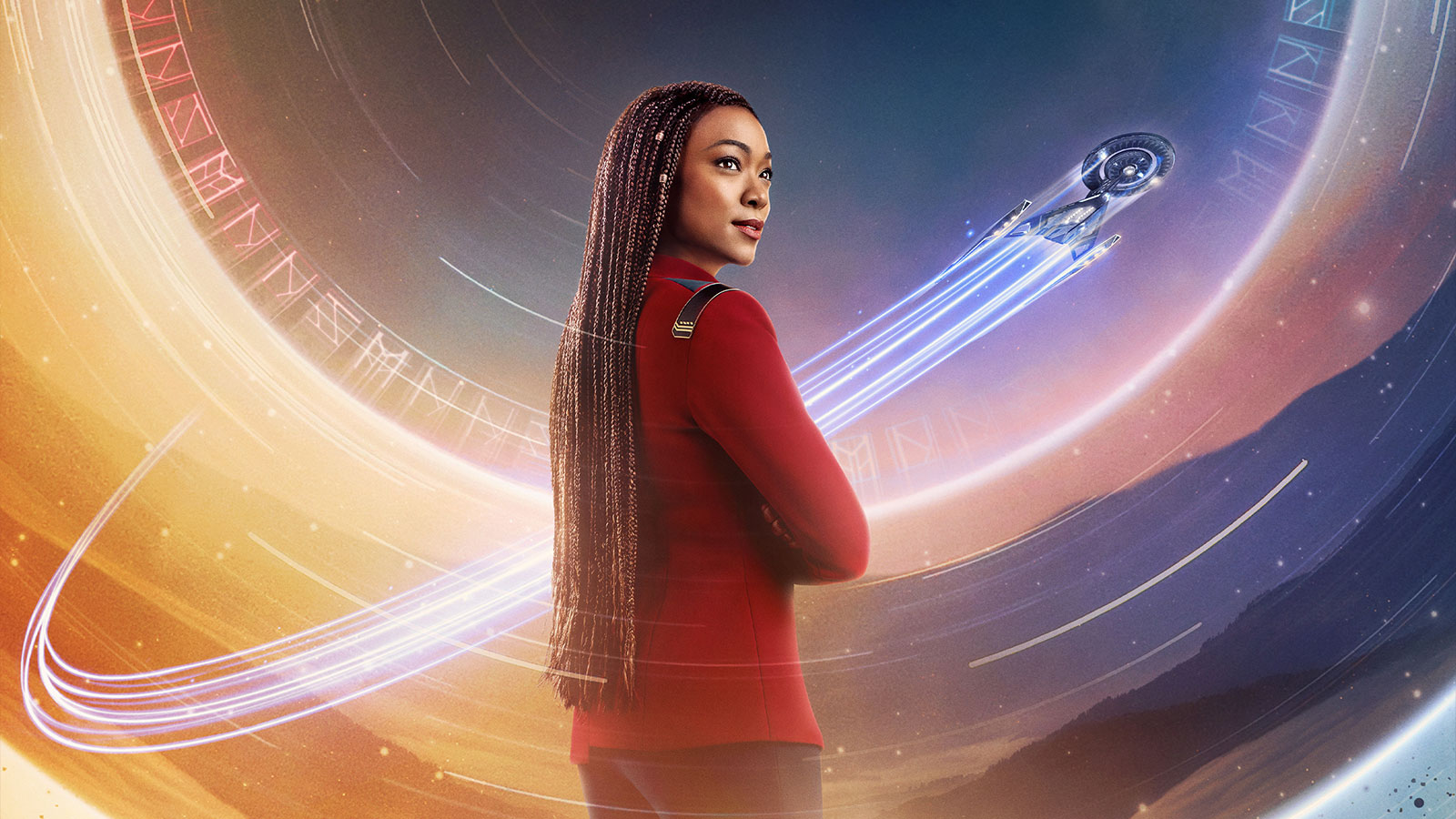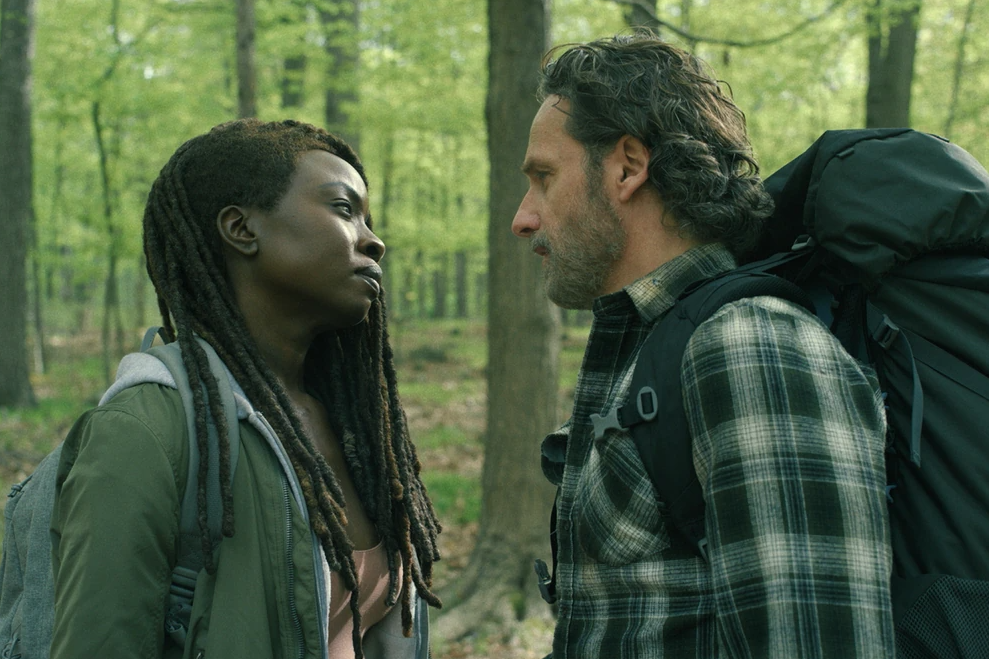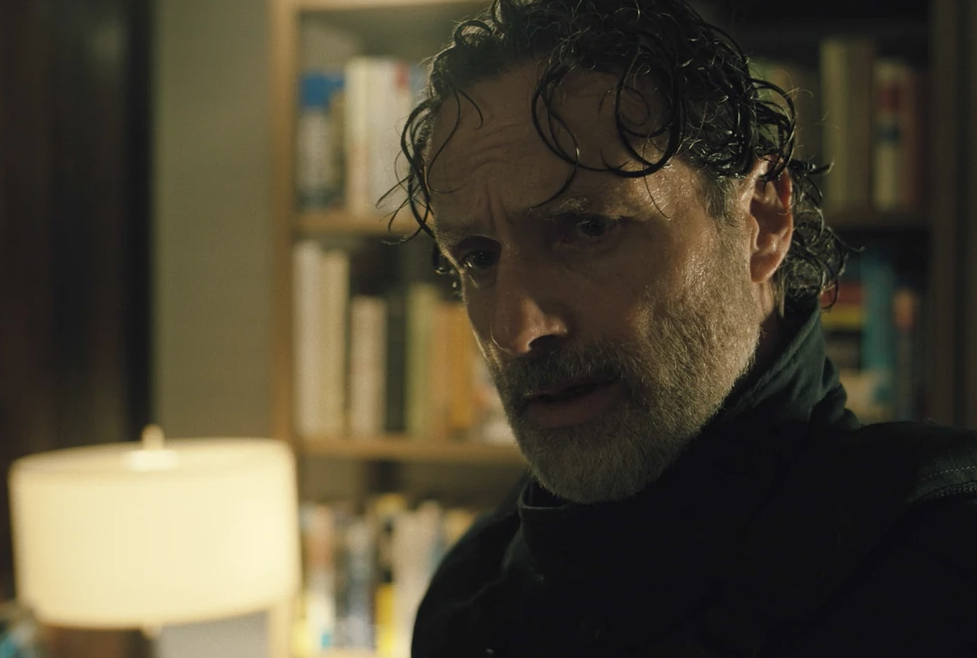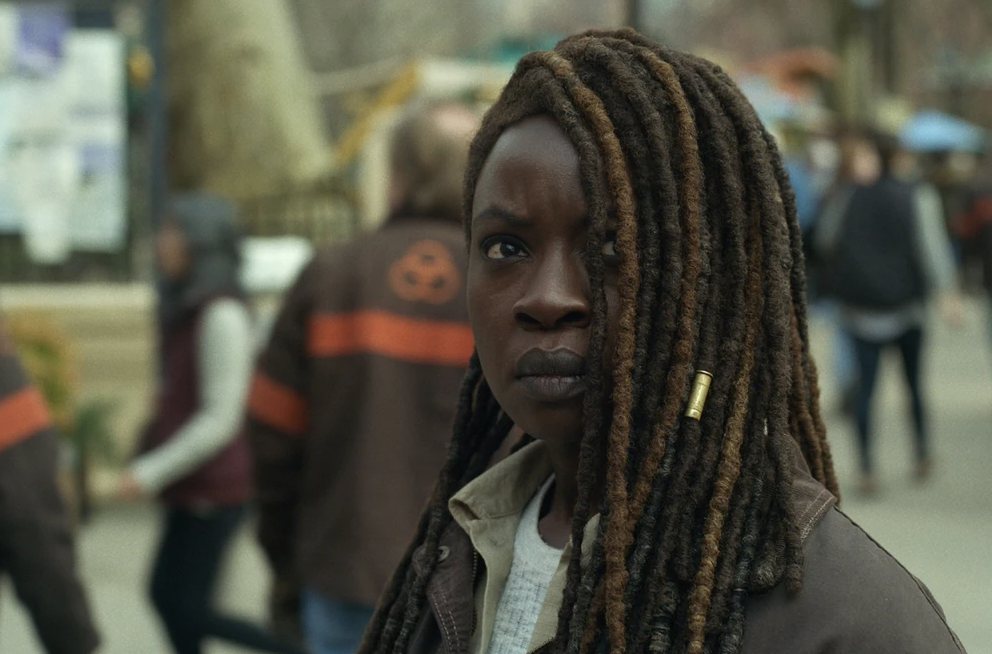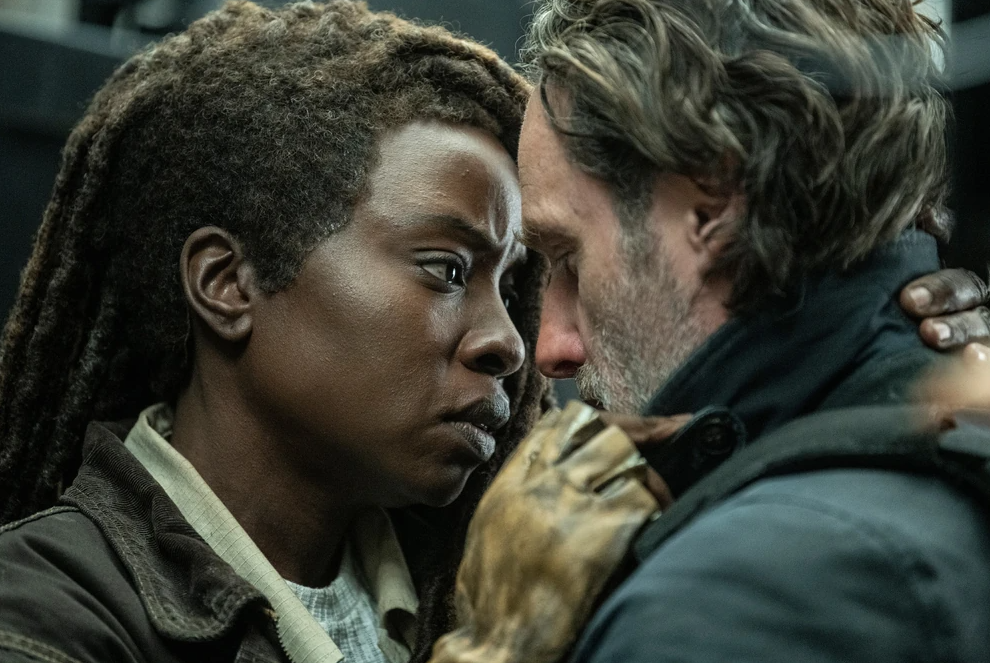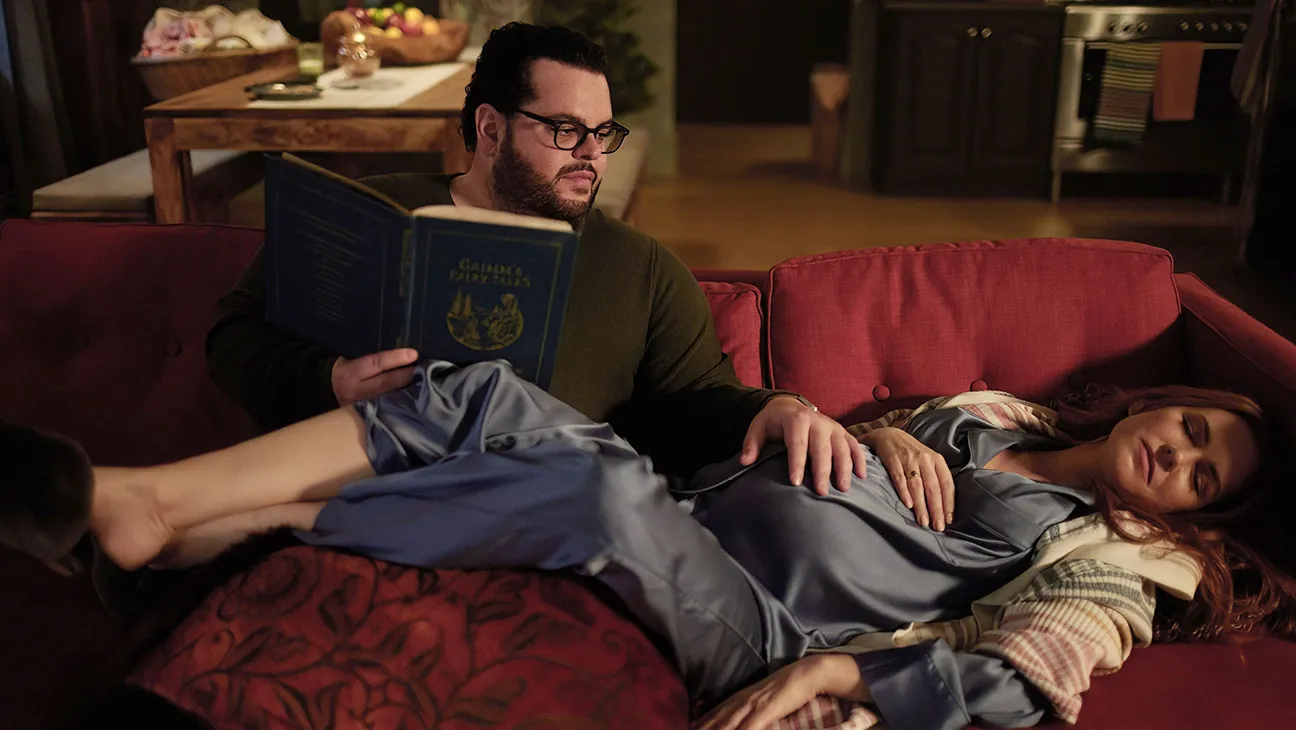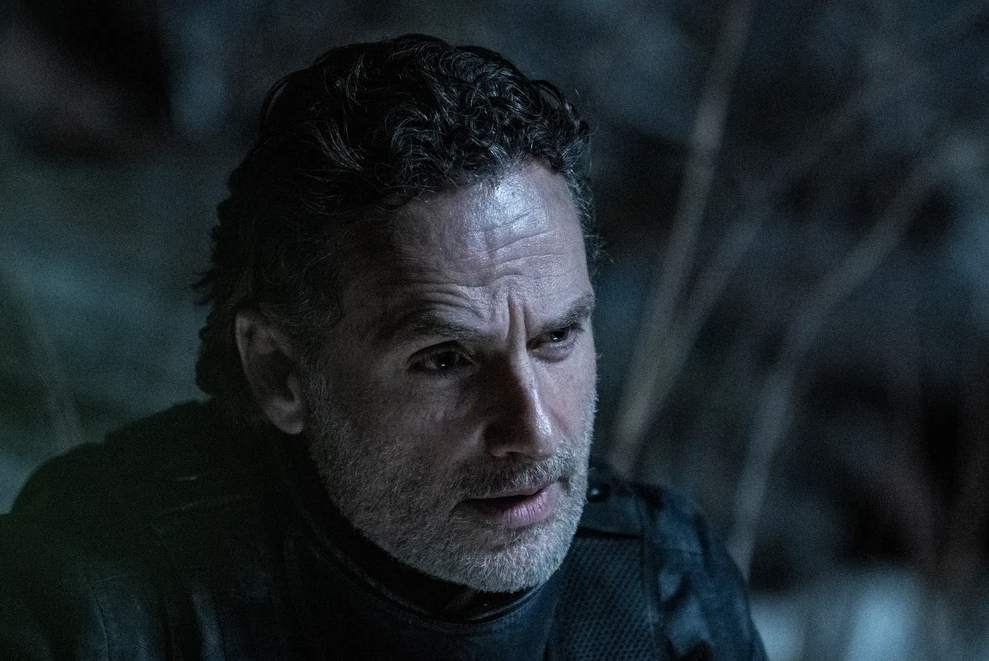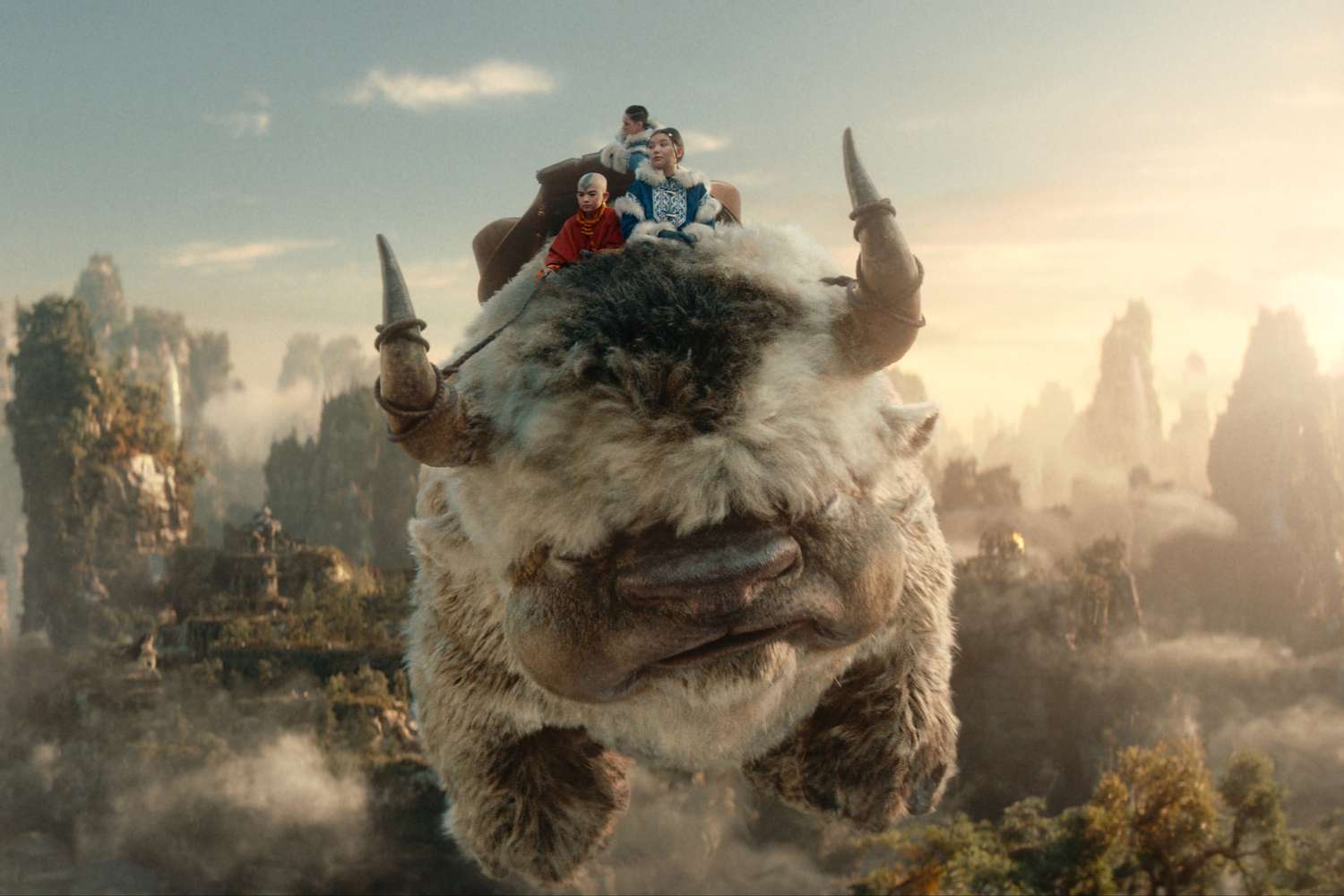Ever since Discovery leapt forward to the 32nd Century at the end of its second season, it’s had a bit of an identity crisis. Already the most atypical Star Trek show, it now had to reinvent itself in a new setting unfamiliar to both characters and the audience alike. It’s hardly controversial to say it hasn’t been a resounding success. While solving the canon issues, it continually got bogged down in its original 23rd Century, a few years prior to The Original Series setting, the 32nd Century setting has created a whole new set of problems. Gone is the familiar setting, with a reduced, vastly different Federation, few familiar characters, and previously prominent alien races (in particular, the show’s much-maligned take on the Klingons) nowhere to be seen.
It was Star Trek stripped of many of the things that make it Star Trek, leaving only the Discovery’s crew as a familiar frame of reference. How much you related to the show very much relied on how you felt about them. Fine if you’re a Discovery devotee, less good for the rest of us.
The result was a third season with a less-than-compelling plotline and one of the worst villains in the franchise’s history. The fourth season attempted to tell a story analogous to the COVID pandemic and seriously missed the mark, with an overly long, painfully drawn-out story that mistook over-seriousness for depth and drew out what should have been a two-parter over 13 painful hours. It did at least introduce an interesting new species at the heart of it all, even though the two (!) episodes devoted to learning to communicate with them felt like a second-rate Arrival.
It’s with some trepidation then that we approach the fifth and final season. And it’s… better. Learning lessons from the previous seasons, showrunners Alex Kurtzman and Michelle Paradise have created a season that is a lot pacier and fun, and while still feeling disconnected from the rest of the franchise, have created a story that explicitly ties into a storyline from Trek’s past (to say which one would be delving into spoiler territory). We’ll tell you it starts with the discovery of an 800-year-old Romulan vessel that leads the crew on a chase to find something vital to the galaxy’s future (rumours that the stakes this season wouldn’t be the show’s usual fate-of-the-galaxy are of course totally unfounded).
Kurtzman and Paradise have made no secret that their model for the season was Indiana Jones, sending Burnham (the always-impressive Sonequa Martin-Green) off on a series of adventures in pursuit of an elusive treasure. And while you can see the inspiration, the ‘go to a planet, complete a task, get a piece of the puzzle’ format of the initial episodes feels more like something out of a video game than Indy. But, just as things are starting to feel formulaic, we reach the fourth episode, Face The Strange (the final episode provided for reviewers), which is both a departure from the formula and one of the best episodes of Discovery’s run.
We won’t spoil things, but it shows how far Burnham has come as a character over the course of the series while telling a story that feels, well, like they accidentally made a Star Trek episode. It’s a very atypical episode for Discovery, but a high-concept sci-fi idea that feels very much straight out of ‘80s – ‘90s Trek. Production had about wrapped when the announcement was made that this would be the final season, and shooting was extended to tweak the finale to wrap up the series. Watching the fourth episode, though, it feels like a show that knew the end was nigh, and it was time to examine its own legacy.
And while that episode is the unquestionable highlight, this season’s off to a solid start. The first two episodes (Red Directive and Under The Twin Moons) are fun, action-packed adventures, the third, Jinaal, a slower, more character-based one (although it still includes a fight with a giant, semi-invisible monster. This is Discovery after all) which is probably the least successful of the bunch.
There are some fun new characters, too, in the shape of a pair of nefarious treasure hunters (Eve Harlow and Elias Toufexis) who are Discovery’s competition in the race for the MacGuffin. Also new is Battlestar Galactica’s Callum Keith Rennie as Captain Rayner, a fellow Starfleet captain who butts heads with Burnham early on. He’s a much-needed addition to the show. There’s generally a distinct lack of dramatic tension amongst Discovery’s crew, who spend an inordinate amount of time telling each other how much they love everyone. Rayner shakes things up in much the same way Jason Issac’s Captain Lorca did in the first season, frequently butting heads with them.
As has been mentioned extensively elsewhere (amid cries of “spoiler!” from corners of the internet), Rayner’s a Kellerun – a species who previously appeared in Deep Space Nine’s second season episode, Armageddon Game. As we’re trying not to spoil things too much here, we only mention it as a) it’s completely irrelevant, and b) it’s at no time mentioned onscreen. Nevertheless, he’s a fun character and someone who the show could have used two seasons ago. He’s not the only character change. Burnham – someone who usually has the weight of the galaxy on her shoulders – has lightened up, and even makes wisecracks now. Saru (Doug Jones) has a new job, and Tilly (Mary Wiseman) is back on the ship, providing a light touch that was sorely missing when she disappeared last season.
Discovery has always been an atypical Star Trek series. Regardless of what you may think of it, its success has both proved that cinematic-scale Trek is feasible on the small screen. It has led the likes of Lower Decks, Picard, and Strange New Worlds – none of which would exist without Discovery, proving Trek still had a place on television. It’s only fitting then that it gets the finale its legacy deserves. Based on the initial episodes, it looks like season five should give Discovery a proper send-off. It’s unquestionably the show’s best season since the move to the 32nd Century. If Discovery isn’t to your taste – and for many Trek fans, it isn’t – this season isn’t going to win you over. But for fans, Discovery looks set to go out with a bang.

STAR TREK: DISCOVERY Season 5 streams on Paramount+ from April 4th with the first two episodes.


